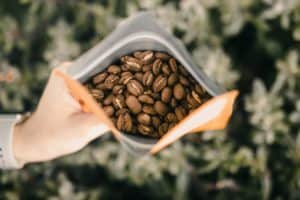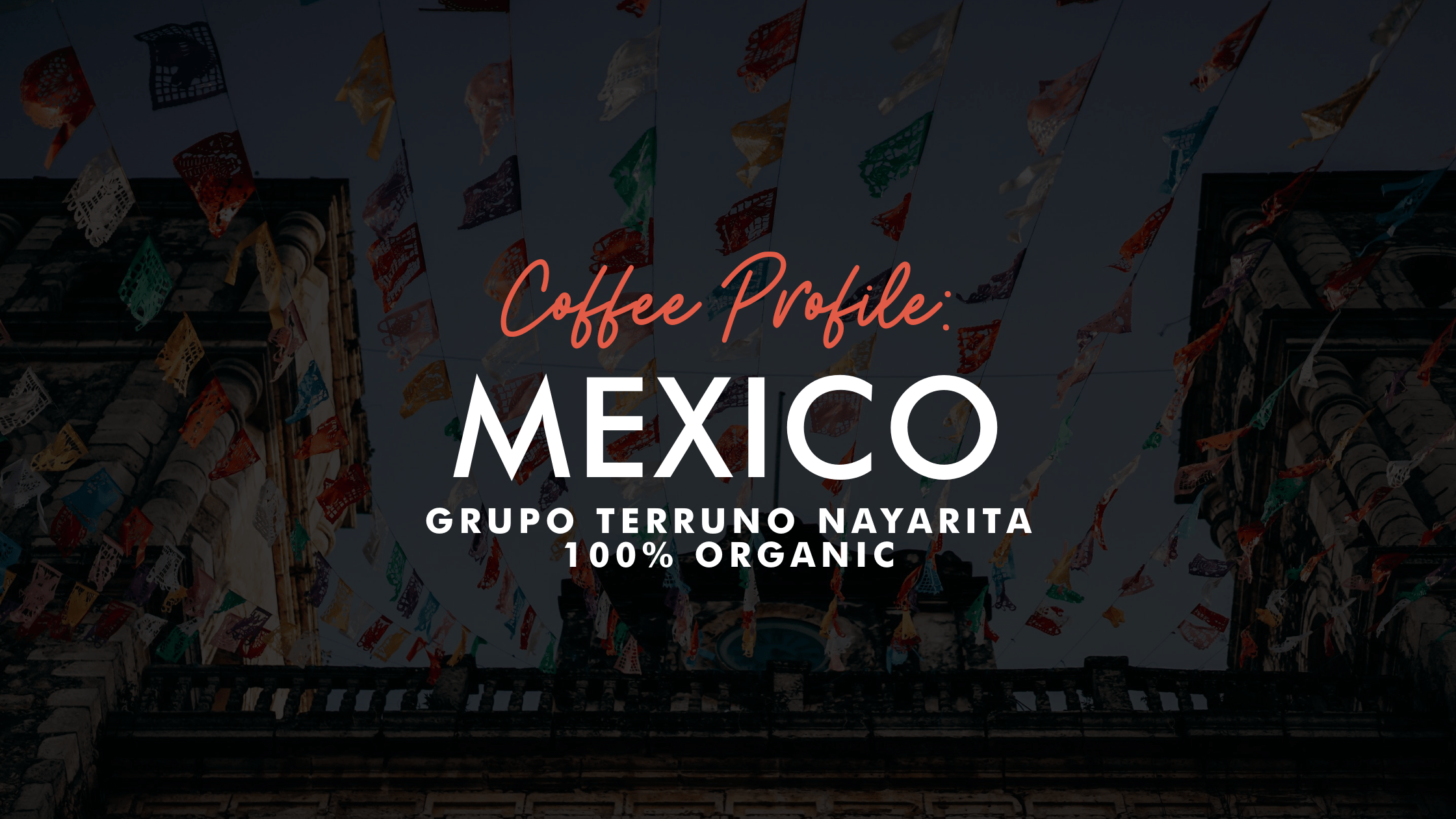The History of Mexico’s Coffee Industry
Mexicos coffee industry began in the 1700s when Spanish colonists introduced the first coffee plants in Veracruz. Despite crops being successful, the attention soon turned to more profitable industries and the leaders of coffee production became the local indigenous communities. This shift from large plantations to small, family-owned farms had an impact on Mexicos coffee industry that can still be seen today, with most of the countries coffee production being owned by smallholder farmers, many of which have been family-run establishments that go back many generations.

Up until very recently, the Mexican government didn’t see the potential that the coffee industry has and instead focused their support and attention on larger, already profitable markets. So, in the late 1990s, smallholders decided to begin collaborating and created cooperatives and support the growth of their industry themselves. These collaborative allowed small farmers to share information, especially on organic coffee, which contributed to Mexico currently exporting 60% of the world’s organic coffee. Very recently, the government has begun to invest more in the coffee industry, leading to farmers having easier access to education on soil quality, crop maintenance, etc. which has meant that there has been a rise in specialty coffee!
Coffee Culture
Something unique about the coffee industry in Mexico, is the culture surrounding it. Unlike most countries around the world, people in Mexico tend to drink coffee in the second half of the day, rather than in the mornings. The perspective of coffee in Mexico places more importance on the social aspect rather than using it as a tool that wakes your brain up in the morning. In fact, many cafe’s won’t even be open in the mornings!

Challenges Facing the Industry
Mexicos coffee industry has had to face many challenges in its past with the lack of government support and land ownership struggles. Currently, it is combating climate change which has caused erratic changes in weather patterns and is the suspected cause for Roya, a coffee plant disease that was first seen in Mexico in 2013.
Rainfall in Mexico has increased dramatically, and while rain is good for coffee, it needs to be consistent and not heavy. The rise in rainfall has caused more moisture, the moisture then rusts the coffee leaves and introduces unwelcome bugs and insects, it also can kill the plants, or prevent the cherry from growing completely. This disease devastates crops and many families have already had to move away from the coffee industry due to a loss in profitable crops.

In addition, the rainfall also washes away valuable oils in the usually rich soil. Rich soil creates a perfect landscape for high-quality specialty coffee to grow, so even if the crop doesn’t get Roya, the rainfall alone devalues the quality of the crops.
With an estimated 500,000 households relying on the coffee industry as a means of financial support, it’s essential to remedy these challenges soon. Scientists are working on a way to incorporate new strains of varieties that will be able to resist the disease.

Major Coffee Growing Regions
90% of the coffee in Mexico is grown in the southern states, Chiapas, Oaxaca, Veracruz, and Puebla. This is because, in the South of Mexico, the landscape is filled with high altitude mountains with rich soil and low-populations, perfect for specialty coffee!
Global food and beverage company; Nestle is actually investing a whopping US $200 million coffee plant, to open in the latter half of 2020 in one of these regions – Veracruz!

📍Chiapas, Mexico – Photo by Anelale Nájera
Our own Mexican single-origin coffee is located near an extinct volcano called Cerro San Juan. The volcanic soil is actually great for growing specialty coffee as its rich with oils. The region where our featured Mexican coffee is grown is also at a high-altitude of 1600-2000 MASL and is surrounded by tropical plains and a small population.
Most common varieties
Around 97% of Mexico’s coffee production is Arabica coffee, most of which is varieties of Typica and Bourbon. However, in the next few years, we may see more popularity in the introduction of a Catimor strain, which creates a stronger variety that can tackle Roya and other coffee diseases.

Though Robusta coffee certainly would have more of a chance to fight off the coffee rust, it generally isn’t used for specialty coffee as its strength in the plant translates to the strength in flavour and only makes up about 3-4% of coffee production in Mexico. Farmers don’t want to sacrifice the flavour of the coffee and quality of the coffee that Arabica gives, which is where technology comes in!
Technology used
Technology is currently playing an immensely important role in the survival of the Mexican coffee industry with constant improvements and tests being undertaken to find the best varieties that will stamp out coffee rust while also maintaining the quality of the coffee.
As well, the Secretariat of Agriculture and Rural Development (SARGARPA) in Mexico implemented the Integrated Program for Coffee; Mexico (PIAC) in 2016 which includes technological packages that “provide nutritional inputs, fungicides, and tools for cultural work at plantations” (Source: Global Agricultural Information Network). The aim of introducing the program is to reestablish lost coffee trees and farms to ensure the survival of Mexico’s coffee industry.

Our Coffee
These Mexican Grupo Terruno Nayarita 100% Organic beans are from a cooperative group of coffee farmers who all work together to produce consistently high-quality coffee using environmentally friendly practices. Located near an extinct volcano called Cerro San Juan as well as surrounding tropical plains, the soil, altitude, and small population creates the perfect space for coffee growth.
Using a natural process method, these beans create a delicious and sweet intensely coffee when served black, changing into berries & tropical fruit with a long cocoa finish after adding milk. Try it here!




